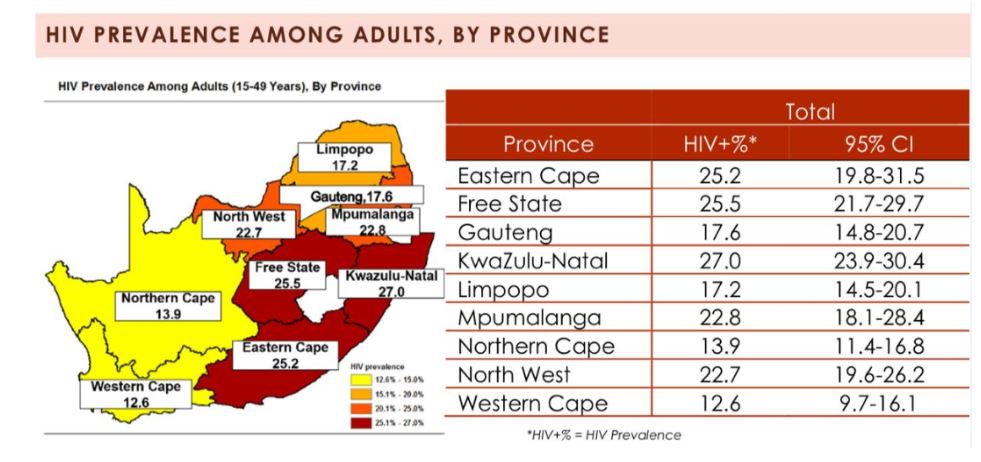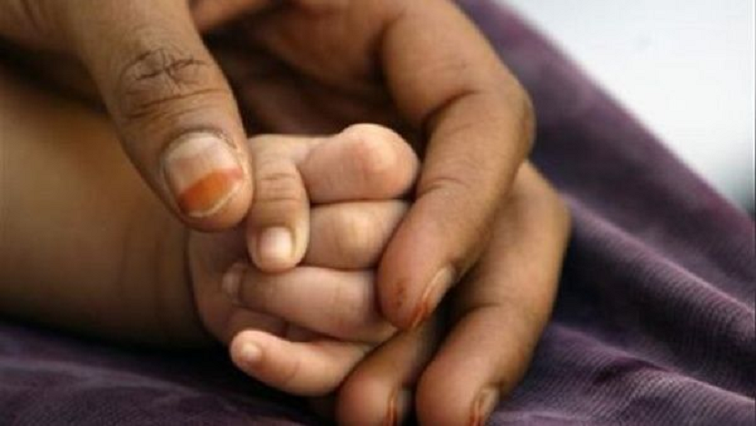KwaZulu-Natal has made huge strides in eliminating mother-to-child transmission of HIV from about 20% in 2009 to about 1% currently. The significant improvement is largely due to government’s Prevention of Mother To Child Transmission program.
It aims to prevent the transmission of HIV from an HIV-positive mother to her newborn child.
HIV positive and pregnant mothers receive medication during their pregnancy and childbirth to prevent the disease from being transmitted to their child.
According to the National Department of Health’s latest HIV statistics on the epidemic in the country, prevention of mother-to-child transmission has decreased from 8% in 2008 to 0,74% in 2019.

World Aids Day on December 1st is a symbolic remembrance of the scores of people who perished due to HIV/Aids related illness over the years.
Deputy Director for Science at the Africa Health Institute Professor, Thumbi Ndung’u, says despite the high success of anti-retorviral treatment there needs to be more focus on the prevention of HIV transmission, particularly among young people, who continue to carry a disproportionate burden of the disease.
“Despite the fact that the ARV has been a rousing success, but prevention of HIV transmission has not been successful. We still have high numbers of people getting infected with HIV on daily basis. This is a big challenge particularly for young people because statistics show that most of these new infections are happening among young people. So, we need a multi-pronged approach to reduce the number of new HIV infections.”
A 27-year-old KwaZulu-Natal mother who wishes to remain anonymous has been a part of the program since falling pregnant with her first child in 2012.
She now has two children- aged seven and three years old – who were born HIV negative. She says while she had the support of her family and the program, she feels discriminated at public clinics, when the queues she sits in and the colour of her medical file at the clinic, gives away her status.
She says she would appreciate help to educate her children about the virus, while they are still young.
“Already, we are discriminated (against) in clinics because we are separate from everyone else. Everyone is aware that people who are sitting in line to go to that door is HIV. So, basically, we have unintentionally disclosed our status to the whole community in the clinic. They even have a name for us; they say that is the bench for those who are ‘sorted’. I decided to go the Newlands Clinic where I felt that my dignity has been restored because they don’t separate us from other chronic patients. If it was possible there should be a system where they’ll help us educate our children while they are this young about the virus.”
The UN AIDS 2020 target to end the epidemic, targets 90% of all people living with HIV knowing their HIV status, that 90% of all people diagnosed with HIV receive ARVs and that 90% of all people receiving ARVs achieve viral suppression.
Three of the province’s districts have reached the UNAIDS target of 90-90-90.
KwaZulu-Natal Premier, Sihle Zikalala, says despite turning around previously troubling, mother-to-child tranmission rates, there is still work to be done.
“It should be noted that the programme of government has succeeded … the one of ensuring that the transmission from mother to child is stopped and addressed. Right now, in KwaZulu-Natal, we have got less than 1% and we have reduced that from 25%. We need to keep those children alive and not infected by HIV and that is what we are doing by ensuring that mothers do follow guidance.”
While interventions like the Prevention of Mother To Child Transmission program are working, HIV infection rates remain high, despite preventative measures like encouraged condom usage and PrEP, pre-exposure prophylaxis taken by those at a high risk for HIV. -Reporting by Nonhlakanipho Magwaza






